Home>Furniture & Design>Interior Design Trends>How To Decorate A Room
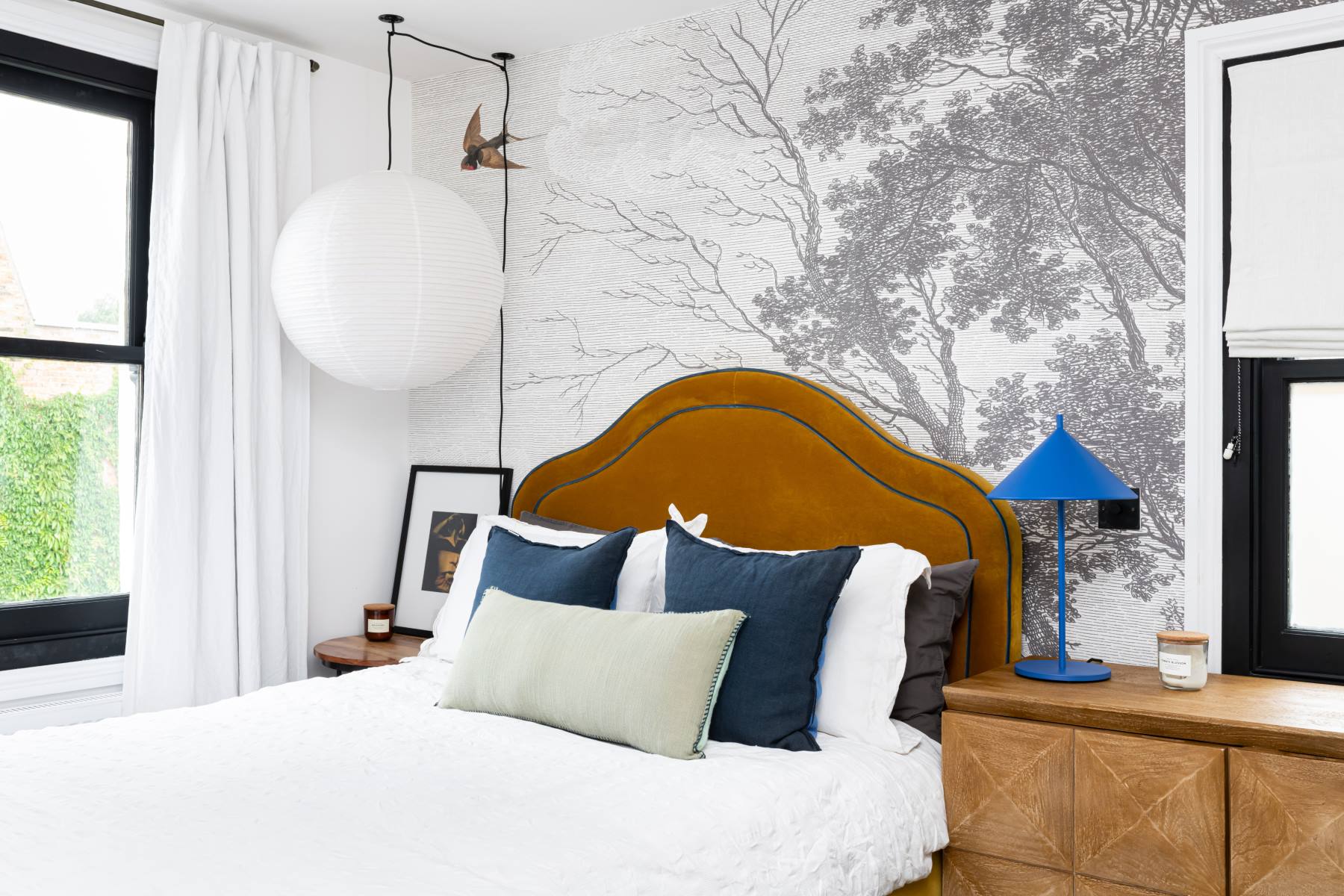

Interior Design Trends
How To Decorate A Room
Published: December 23, 2023
Discover the latest interior design trends and learn how to decorate a room with expert tips and ideas. Create a stylish and inviting space with the hottest decor trends.
(Many of the links in this article redirect to a specific reviewed product. Your purchase of these products through affiliate links helps to generate commission for Storables.com, at no extra cost. Learn more)
Introduction
Welcome to the exciting world of interior design, where creativity meets functionality to transform living spaces into personalized havens. Whether you’re moving into a new home, revamping a tired room, or simply looking to refresh your current decor, the art of decorating a room offers boundless opportunities for self-expression and style. Each design decision, from the color scheme to the placement of furniture and decorative accents, contributes to the overall ambiance and comfort of the space.
Embarking on a room decoration journey allows you to explore your unique tastes, experiment with different design trends, and ultimately create a space that resonates with your personality. The process of decorating a room is not only about aesthetics but also about crafting a functional and harmonious environment that reflects your lifestyle and preferences.
Throughout this guide, we will delve into the essential aspects of room decoration, covering everything from choosing a color scheme that sets the tone for the space to selecting furniture that balances form and function. We will also explore the impact of decorative accents, lighting, and personal touches in elevating the ambiance of a room. By the end of this journey, you will be equipped with the knowledge and inspiration to embark on your own room decoration project with confidence and creativity.
Key Takeaways:
- Choosing the right color scheme sets the mood for a room. Neutral colors create a calm atmosphere, while bold colors add energy and personality. Consider natural light and room size when finalizing your color scheme.
- Personalizing a room with photos, customized decor, and meaningful collections adds warmth and reflects your unique identity. Infuse the space with personal touches to create a truly special and inviting environment.
Read more: How To Divide A Living Room And Dining Room
Choosing a Color Scheme
When it comes to decorating a room, the color scheme serves as the foundation upon which the entire design concept is built. The colors you choose have the power to evoke specific moods, visually expand or contract space, and tie together the various elements within the room. Before diving into the world of color, consider the atmosphere you want to create and the emotions you wish to elicit in the room. Whether you opt for a calming, neutral palette or bold, vibrant hues, the color scheme sets the tone for the entire space.
Neutral color schemes, encompassing shades of white, beige, gray, and soft pastels, are renowned for their timeless appeal and versatility. These hues create a serene and sophisticated ambiance, allowing for easy integration of different decor styles and accent colors. On the other hand, bold color schemes, featuring rich jewel tones, vibrant primaries, or deep earthy hues, infuse a room with energy and personality. While they require a confident approach, bold color schemes can make a striking statement and infuse the space with a sense of drama and individuality.
For those seeking a harmonious blend of colors, analogous color schemes offer a seamless way to create visual cohesion. By selecting colors that are adjacent to each other on the color wheel, such as blue and green or red and orange, you can achieve a soothing and balanced palette. Conversely, complementary color schemes, which pair colors from opposite sides of the color wheel, such as blue and orange or red and green, create dynamic and vibrant contrasts that can add visual interest to a room.
When finalizing a color scheme, consider the room’s natural light, the size of the space, and the existing elements like flooring and architectural features. While lighter colors can make a small room feel more spacious, darker hues can add intimacy and depth to larger spaces. Additionally, incorporating pops of accent colors through accessories, artwork, and textiles can inject personality and visual intrigue into the room, tying the entire color scheme together.
Ultimately, the chosen color scheme should reflect your personal style and resonate with the room’s intended purpose, whether it’s a tranquil bedroom retreat, a vibrant living area, or a functional home office. By carefully selecting a color scheme that aligns with your vision, you can lay the groundwork for a cohesive and visually captivating room design.
Selecting Furniture
Choosing the right furniture is a pivotal aspect of room decoration, as it not only contributes to the aesthetic appeal of the space but also determines its functionality and comfort. When embarking on the furniture selection process, it’s essential to strike a balance between style, scale, and practicality to create a harmonious and inviting environment.
Before diving into furniture shopping, take stock of the room’s dimensions and layout. Understanding the available space will guide you in selecting appropriately sized pieces that fit the room without overwhelming it. For smaller rooms, consider multifunctional furniture, such as a sleeper sofa or a storage ottoman, to maximize utility without sacrificing style.
When it comes to style, consider the existing design elements in the room and aim for a cohesive look that complements the overall aesthetic. Whether your preference leans towards sleek modern pieces, rustic farmhouse charm, or timeless traditional furniture, ensure that the selected pieces harmonize with the room’s color scheme and decorative theme.
Additionally, prioritize comfort and functionality when choosing furniture, especially for frequently used spaces like living rooms and bedrooms. Opt for plush sofas and chairs with supportive cushions, ergonomic desk chairs for work areas, and cozy beds with quality mattresses for bedrooms. By prioritizing comfort, you can create a welcoming and livable space that invites relaxation and enjoyment.
For open-plan living areas, consider the flow of the space and aim for a cohesive arrangement that delineates different zones while maintaining a sense of unity. Utilize area rugs, furniture placement, and strategic lighting to create distinct yet interconnected areas for lounging, dining, and entertaining.
When selecting furniture pieces, don’t shy away from mixing different materials, textures, and finishes to add depth and visual interest to the room. Incorporating a variety of materials, such as wood, metal, glass, and upholstery, can contribute to a layered and dynamic design that exudes character and warmth.
Ultimately, the key to successful furniture selection lies in thoughtful consideration of the room’s layout, style cohesion, comfort, and practicality. By curating a well-balanced collection of furniture that aligns with your design vision and lifestyle needs, you can elevate the room into a functional and aesthetically pleasing sanctuary.
When decorating a room, start by choosing a color scheme that reflects your style and personality. Use this color scheme as a guide for selecting furniture, decor, and accessories to create a cohesive and visually appealing space.
Adding Decorative Accents
Once the foundational elements of a room, such as the color scheme and furniture, are in place, it’s time to infuse the space with personality and visual interest through carefully chosen decorative accents. From artwork and textiles to decorative objects and greenery, these accents play a pivotal role in adding character and charm to the room while reflecting your individual style.
Artwork serves as a powerful means of self-expression and can significantly impact the ambiance of a room. Whether you opt for bold, statement pieces or a curated gallery wall, art has the ability to infuse color, texture, and narrative into the space. When selecting artwork, consider the room’s color palette and style, aiming to create a cohesive and visually compelling display that resonates with the room’s overall design concept.
Textiles, including throw pillows, blankets, curtains, and rugs, offer a versatile opportunity to introduce pattern, texture, and warmth into the room. Play with different fabric textures and patterns to add depth and visual intrigue, while also considering the functional aspects of textiles, such as providing comfort and enhancing acoustics within the space.
Decorative objects, such as vases, sculptures, and figurines, contribute to the room’s personality and can serve as conversation starters. Select pieces that hold personal significance or evoke a particular aesthetic, incorporating them strategically throughout the room to create focal points and add a layer of visual interest.
Greenery and botanical elements bring life and vitality to a room, infusing it with a sense of freshness and natural beauty. Whether it’s a lush potted plant, a delicate terrarium, or a vase of fresh flowers, incorporating greenery can enliven the space and contribute to a serene and inviting atmosphere.
Lighting plays a crucial role in accentuating decorative accents and setting the mood within a room. Experiment with various lighting sources, such as ambient, task, and accent lighting, to create a layered and inviting ambiance. Consider the interplay of natural and artificial light to highlight decorative elements and create a warm and inviting atmosphere throughout the day and evening.
By thoughtfully integrating these decorative accents into the room, you can elevate the overall design, infuse the space with personality, and create a visually captivating environment that reflects your unique style and sensibilities.
Lighting and Ambiance
Lighting serves as a transformative element in interior design, shaping the ambiance and functionality of a room while accentuating its visual appeal. Thoughtfully planned lighting design encompasses a combination of natural light, ambient lighting, task lighting, and accent lighting to create a layered and inviting atmosphere that caters to various activities and moods within the space.
Natural light, as the most desirable and dynamic lighting source, not only illuminates the room but also connects the interior to the outdoor environment. Maximizing natural light through strategically placed windows, skylights, and light-filtering treatments can enhance the sense of spaciousness and vitality within the room, creating a welcoming and uplifting atmosphere.
Ambient lighting, often referred to as general lighting, serves as the foundational illumination that sets the overall mood and brightness level of a room. This can be achieved through ceiling-mounted fixtures, chandeliers, or recessed lighting that evenly disperses light throughout the space, creating a comfortable and well-lit environment for everyday activities and relaxation.
Task lighting plays a crucial role in providing focused illumination for specific activities, such as reading, cooking, or working. Incorporating desk lamps, under-cabinet lighting in kitchens, and adjustable floor lamps near seating areas ensures that functional tasks are performed with ease and visual comfort, enhancing the room’s practicality and versatility.
Accent lighting serves as a decorative and mood-enhancing element, spotlighting architectural features, artwork, and decorative accents to create visual interest and focal points within the room. This can be achieved through track lighting, wall sconces, or strategically placed spotlights, adding depth and drama to the room while highlighting its unique design elements.
Dimmer switches offer a versatile means of adjusting the lighting intensity to suit different activities and moods, allowing for seamless transitions from bright, invigorating light to soft, ambient illumination. By incorporating dimmable lighting solutions, you can tailor the room’s ambiance to align with various occasions, from lively gatherings to tranquil evenings.
By carefully considering the interplay of natural and artificial light, as well as the strategic placement of different lighting sources, you can create a harmonious and inviting ambiance that enhances the overall design of the room, while catering to the practical and aesthetic needs of its occupants.
Read more: How To Decorate A Living Room
Personalizing the Space
Personalization is the final touch that elevates a room from a well-designed space to a reflection of your individuality and lifestyle. Infusing the room with personal touches and meaningful elements not only adds warmth and character but also creates a sense of connection and belonging within the space. From cherished mementos to customized decor, personalization allows you to imprint your identity on the room, making it a true extension of yourself.
Photographs, whether displayed in frames, curated gallery walls, or as part of a digital photo display, offer a powerful means of personalizing a room. They capture precious memories, celebrate milestones, and evoke emotions, infusing the space with a sense of familiarity and personal significance.
Customized decor, such as personalized artwork, monogrammed textiles, or bespoke furniture pieces, adds a unique and exclusive touch to the room, reflecting your individual style and preferences. These personalized elements serve as conversation starters and contribute to the room’s distinct identity.
Collections and hobbies can be integrated into the room’s decor, showcasing your passions and interests. Whether it’s displaying a collection of vintage vinyl records, showcasing travel souvenirs, or incorporating handmade crafts, these personal artifacts add depth and authenticity to the room, reflecting your diverse experiences and tastes.
Textiles and accessories with sentimental value, such as heirloom quilts, handwoven blankets, or embroidered pillows, imbue the space with a sense of heritage and nostalgia. These cherished pieces not only add visual and tactile interest but also carry personal stories and connections, enriching the room with emotional resonance.
Incorporating elements that reflect your cultural heritage, whether through art, artifacts, or traditional crafts, celebrates your roots and adds a layer of diversity and richness to the room’s decor. Embracing cultural influences fosters inclusivity and creates a space that is deeply personal and meaningful.
Ultimately, personalizing the space goes beyond mere decoration; it’s about curating a narrative that reflects your journey, values, and aspirations. By infusing the room with personal touches and meaningful details, you create a space that is not only visually captivating but also deeply resonant and authentically yours.
Frequently Asked Questions about How To Decorate A Room
Was this page helpful?
At Storables.com, we guarantee accurate and reliable information. Our content, validated by Expert Board Contributors, is crafted following stringent Editorial Policies. We're committed to providing you with well-researched, expert-backed insights for all your informational needs.
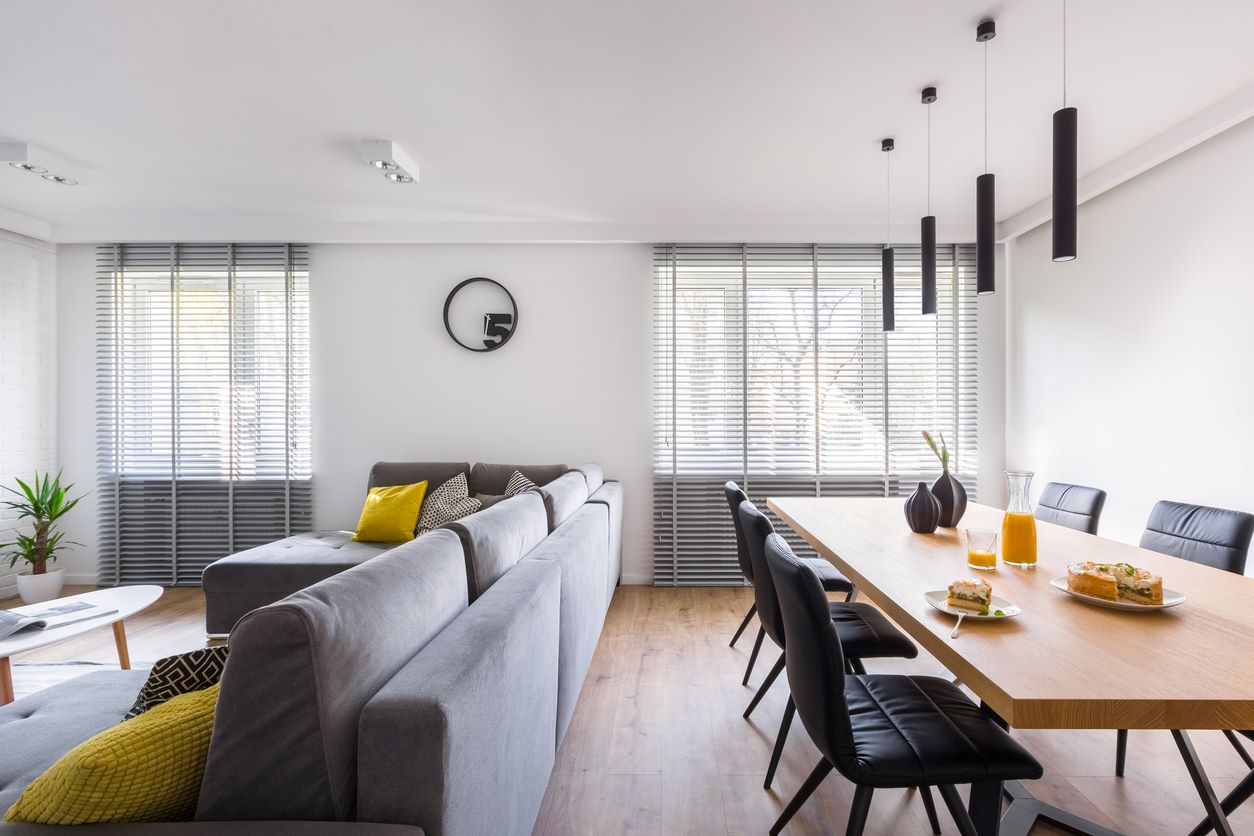
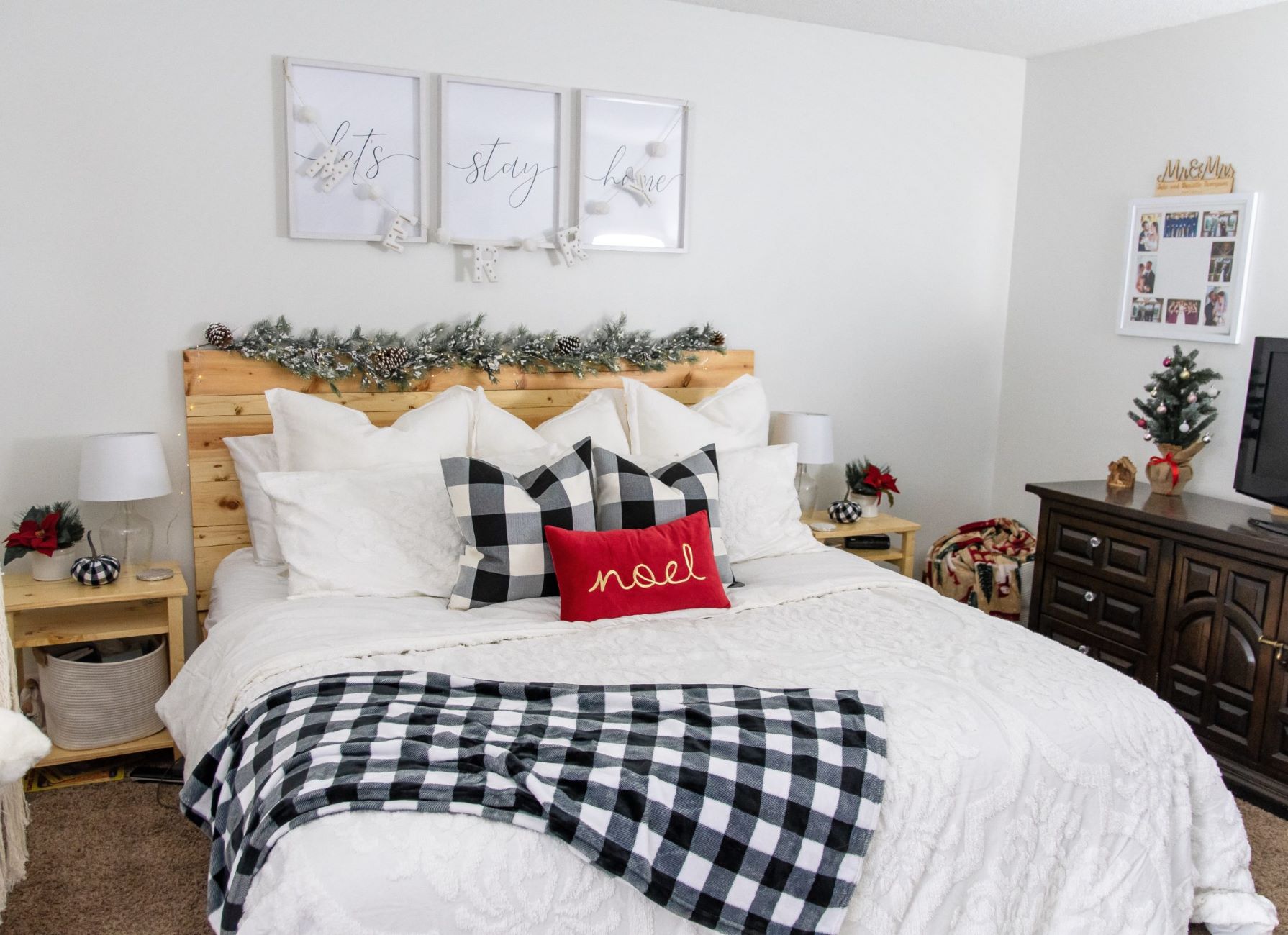
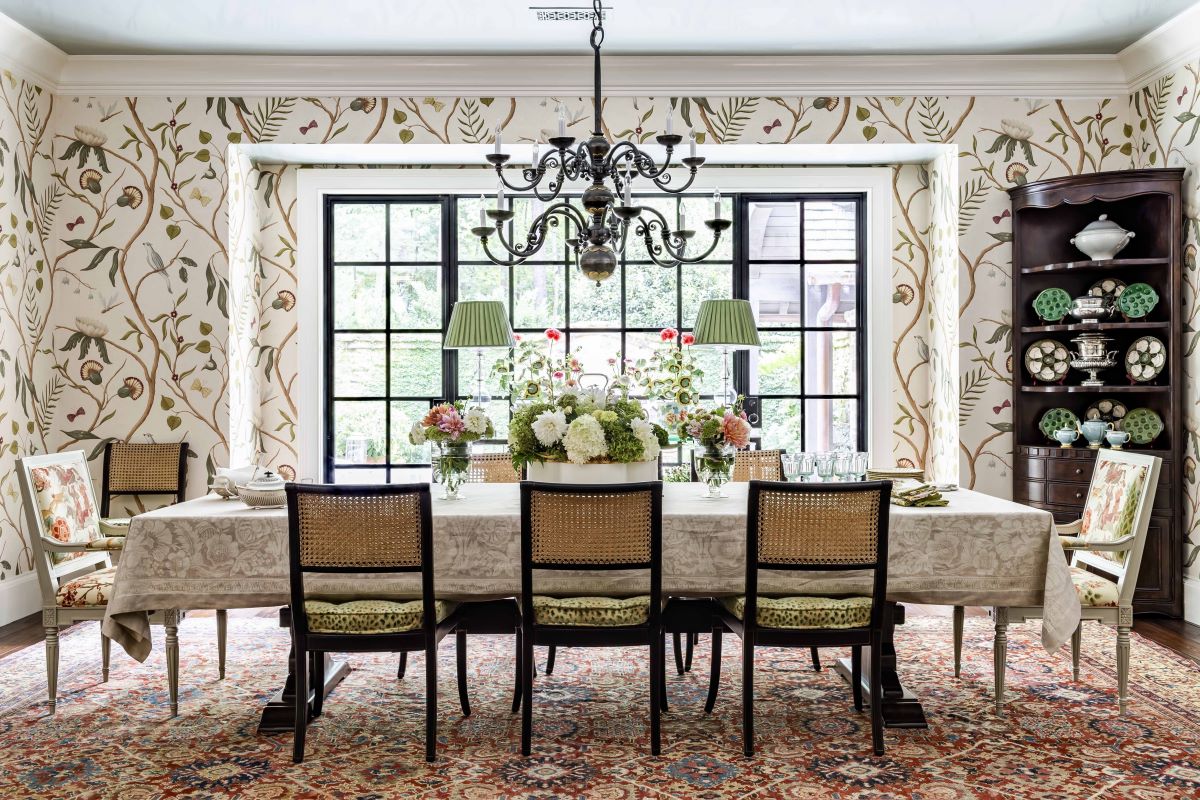
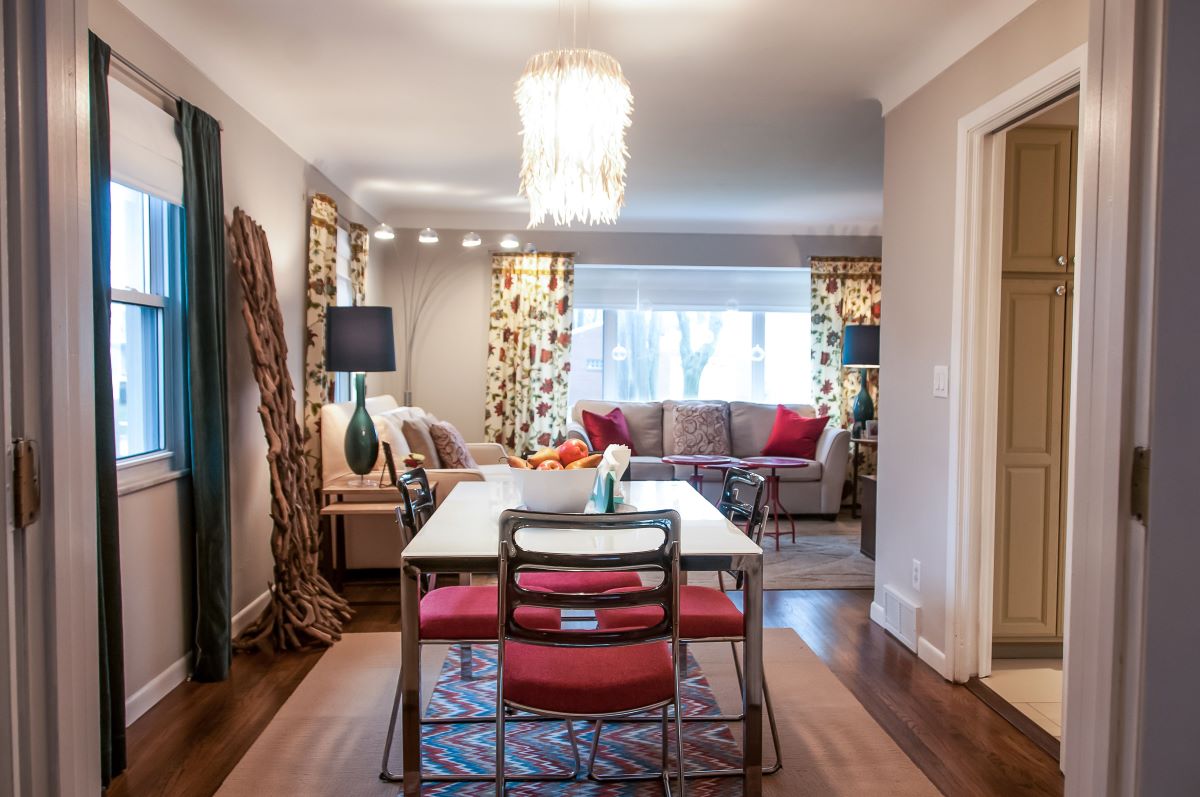
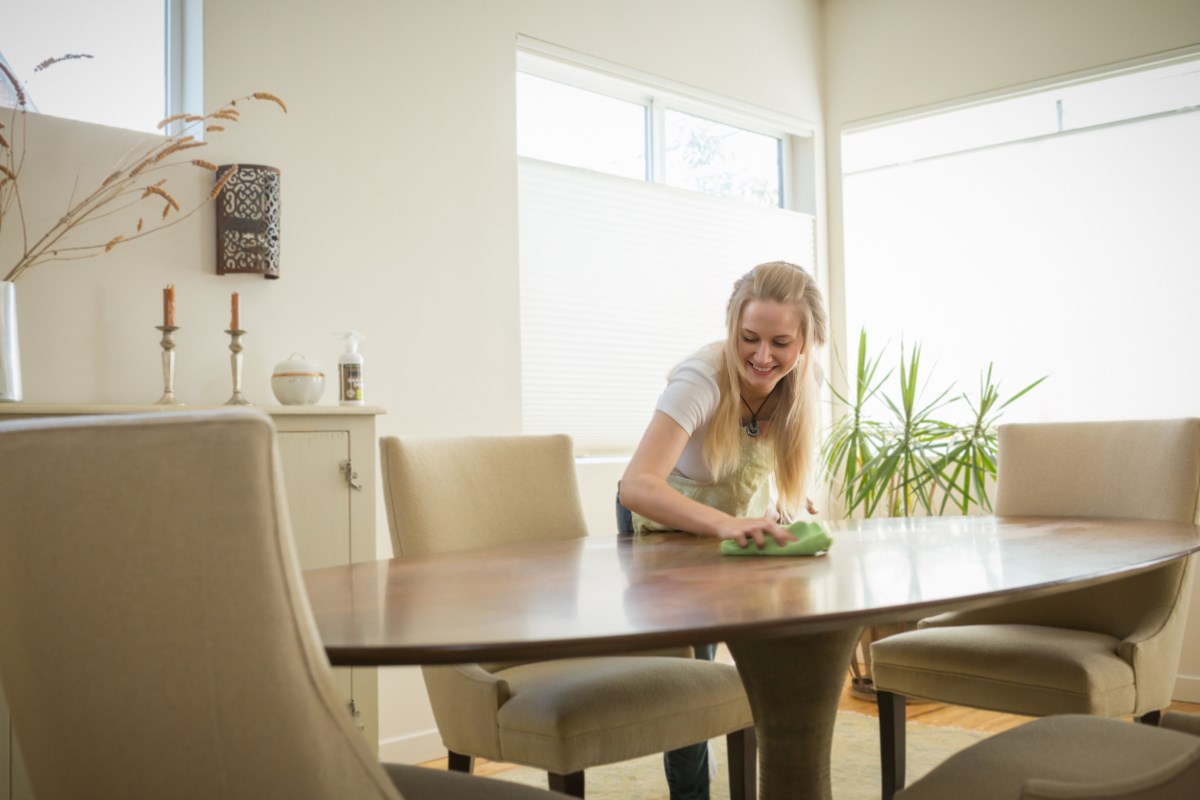
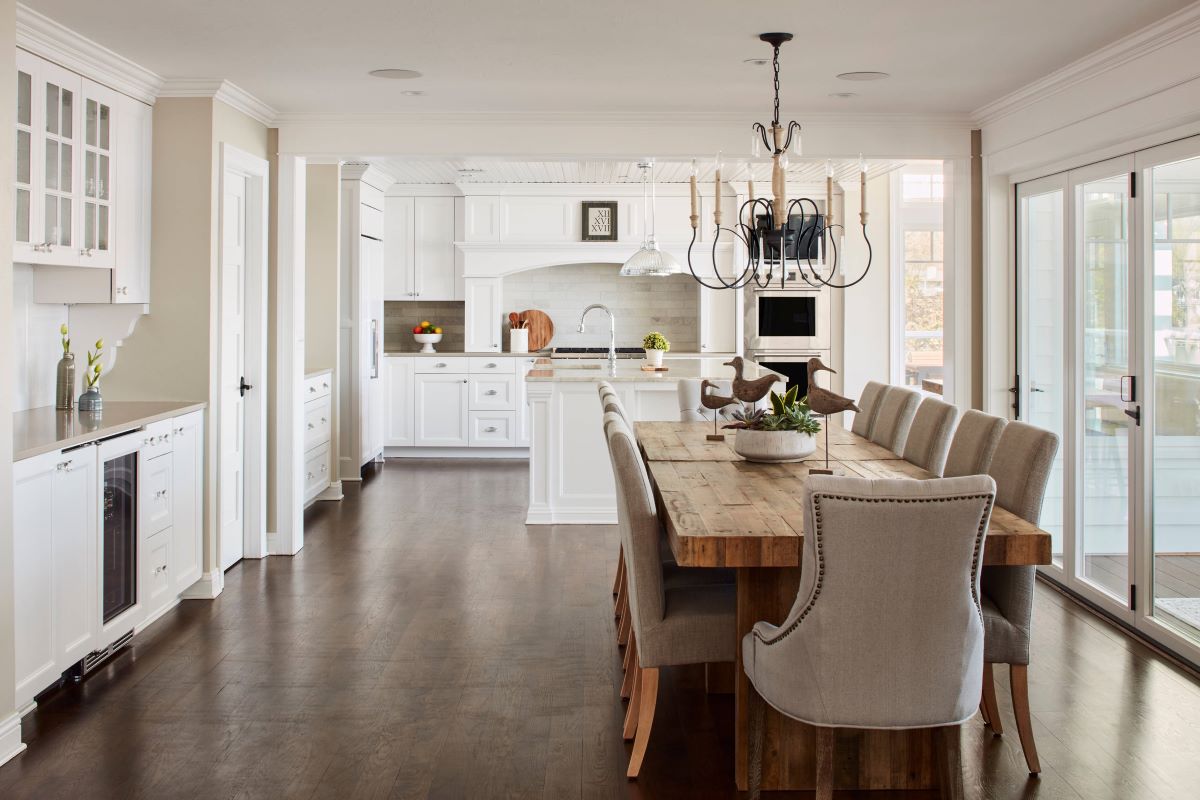
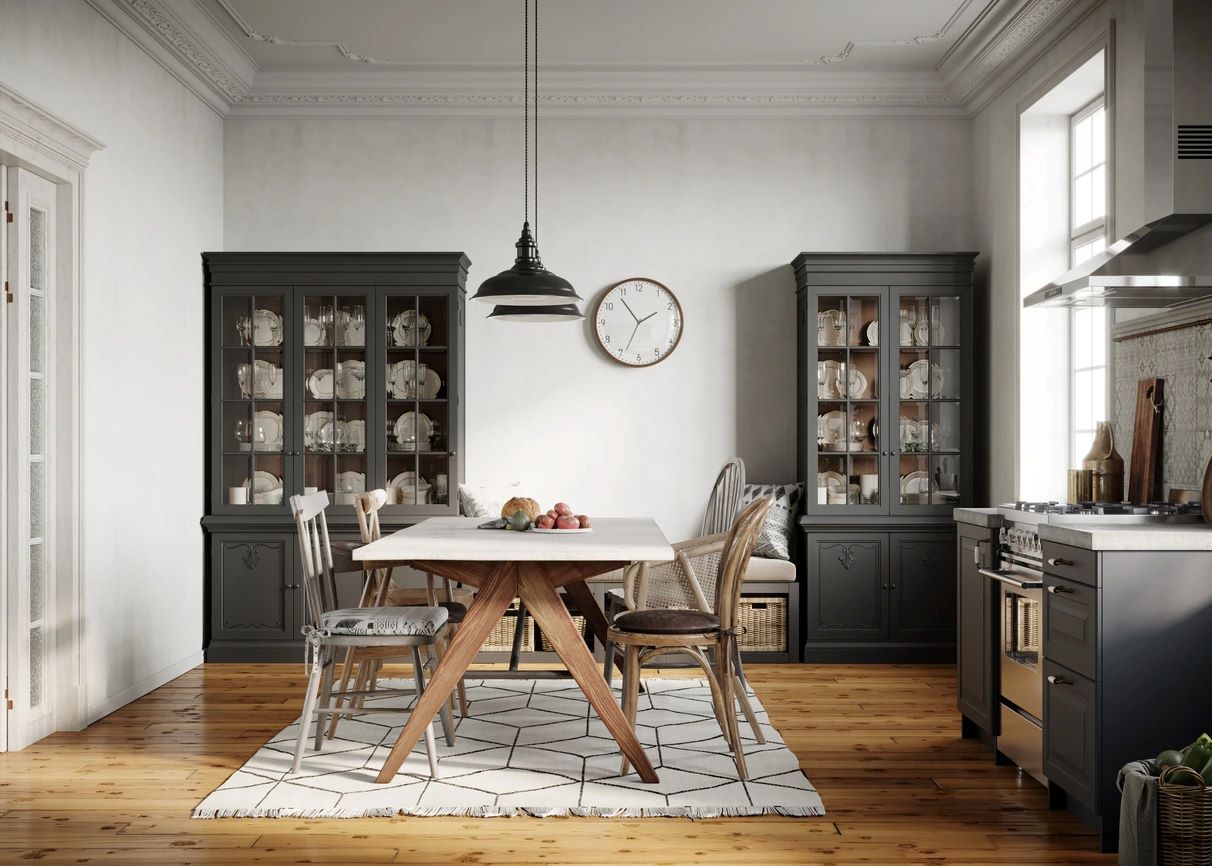
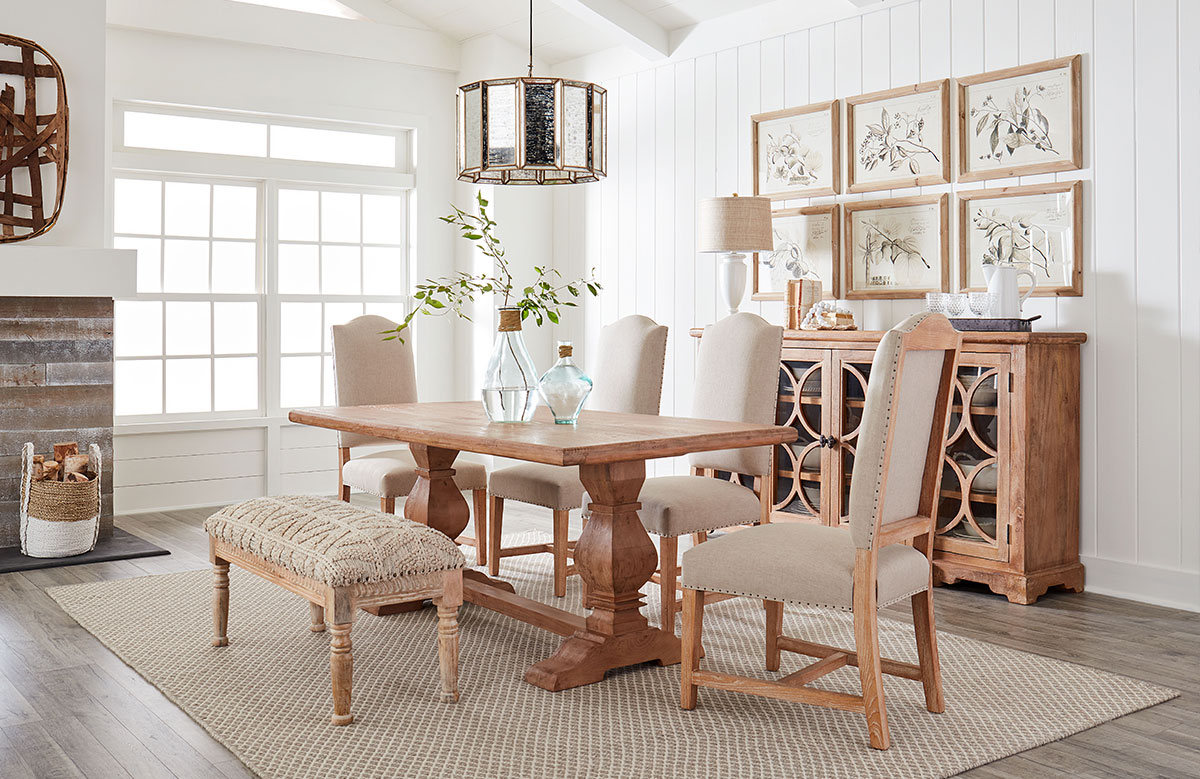
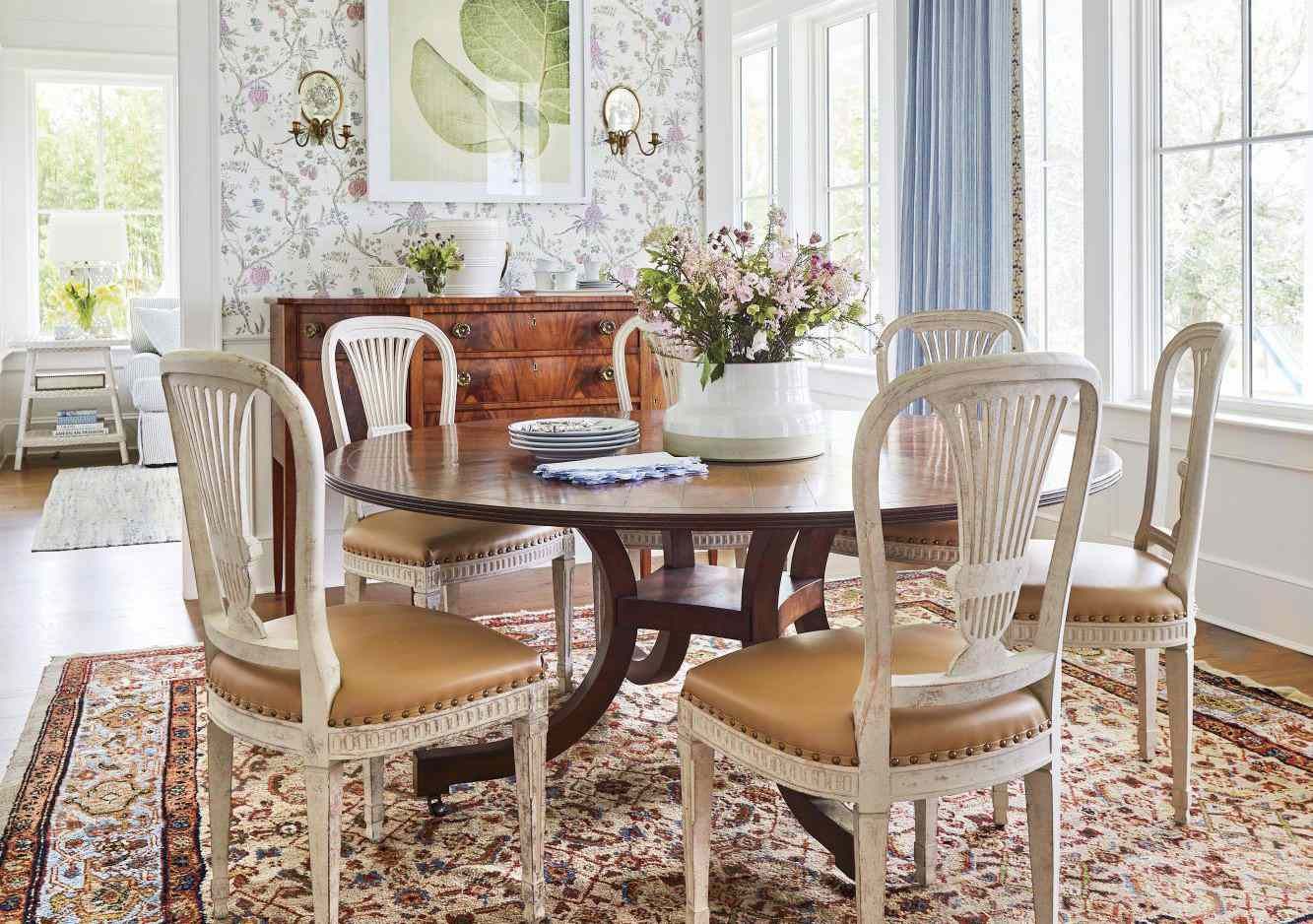
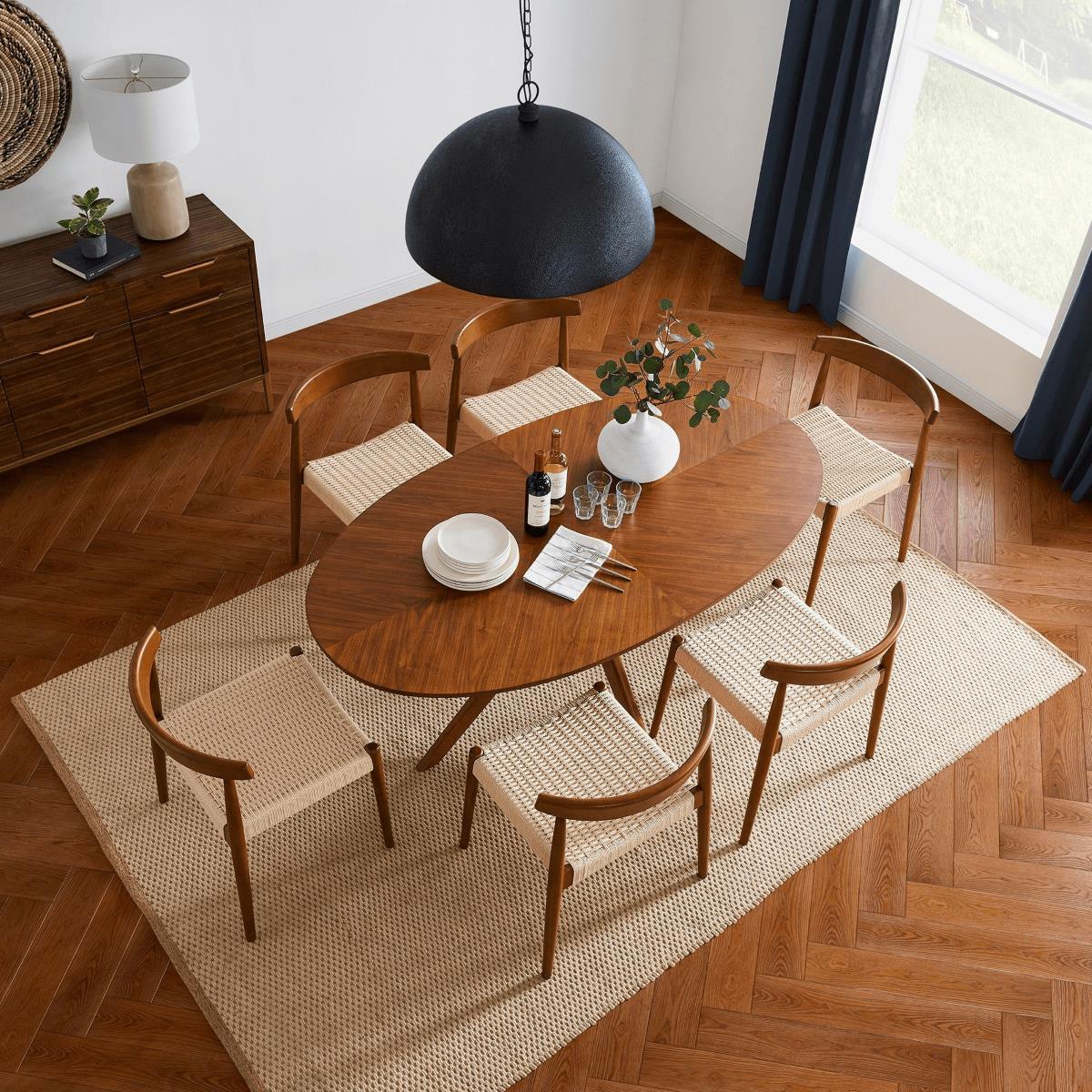
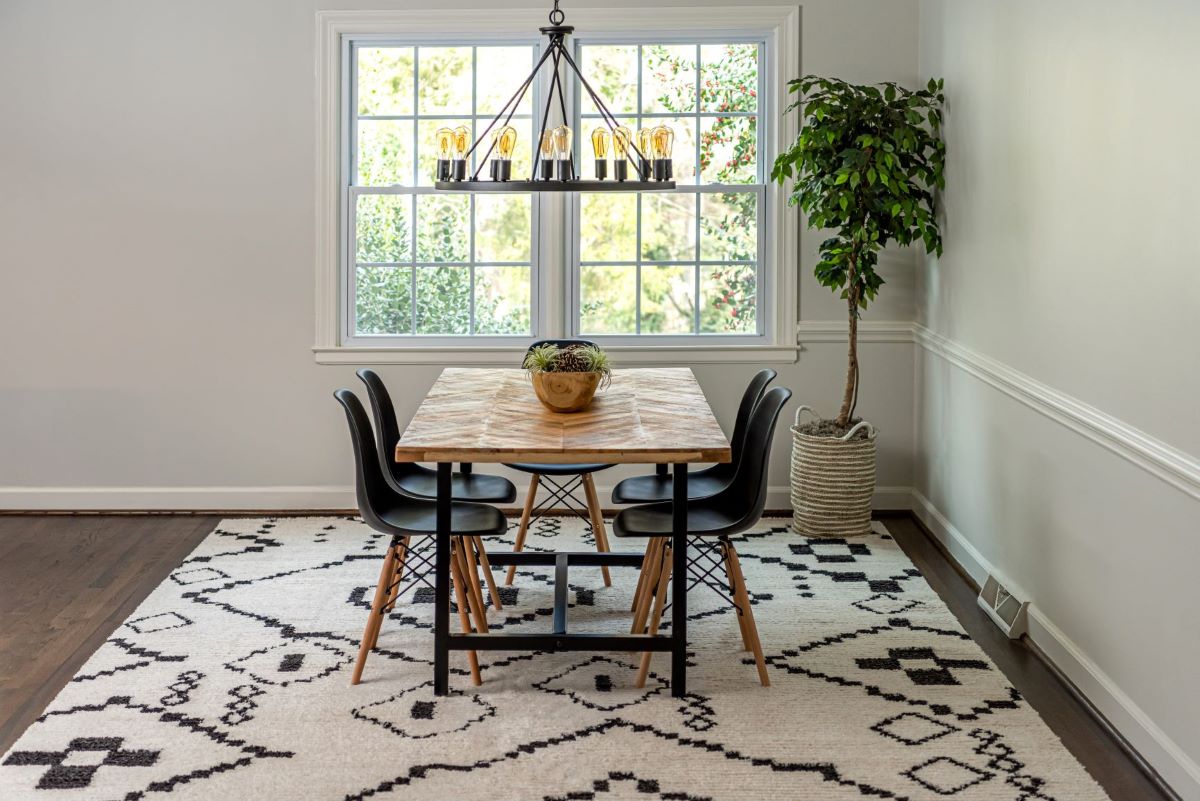
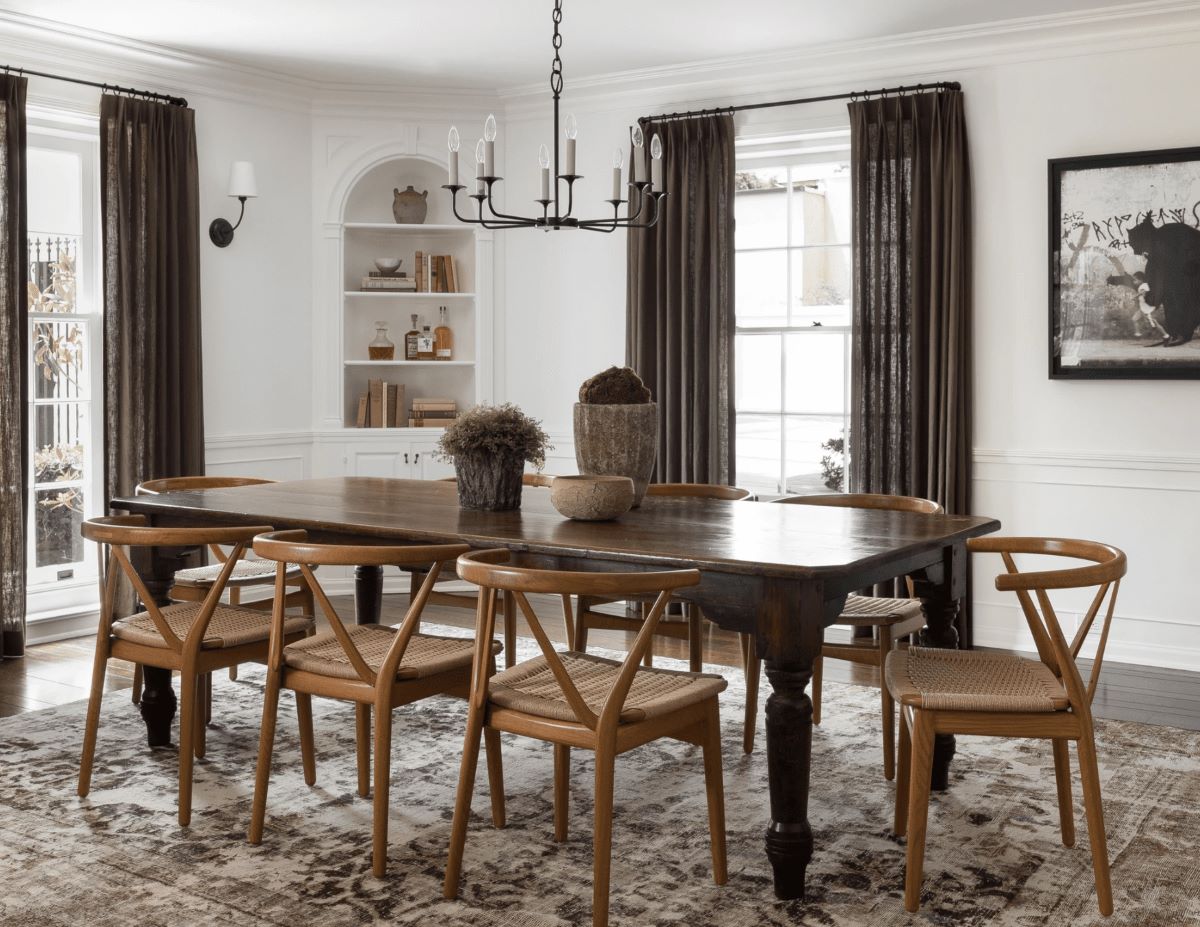
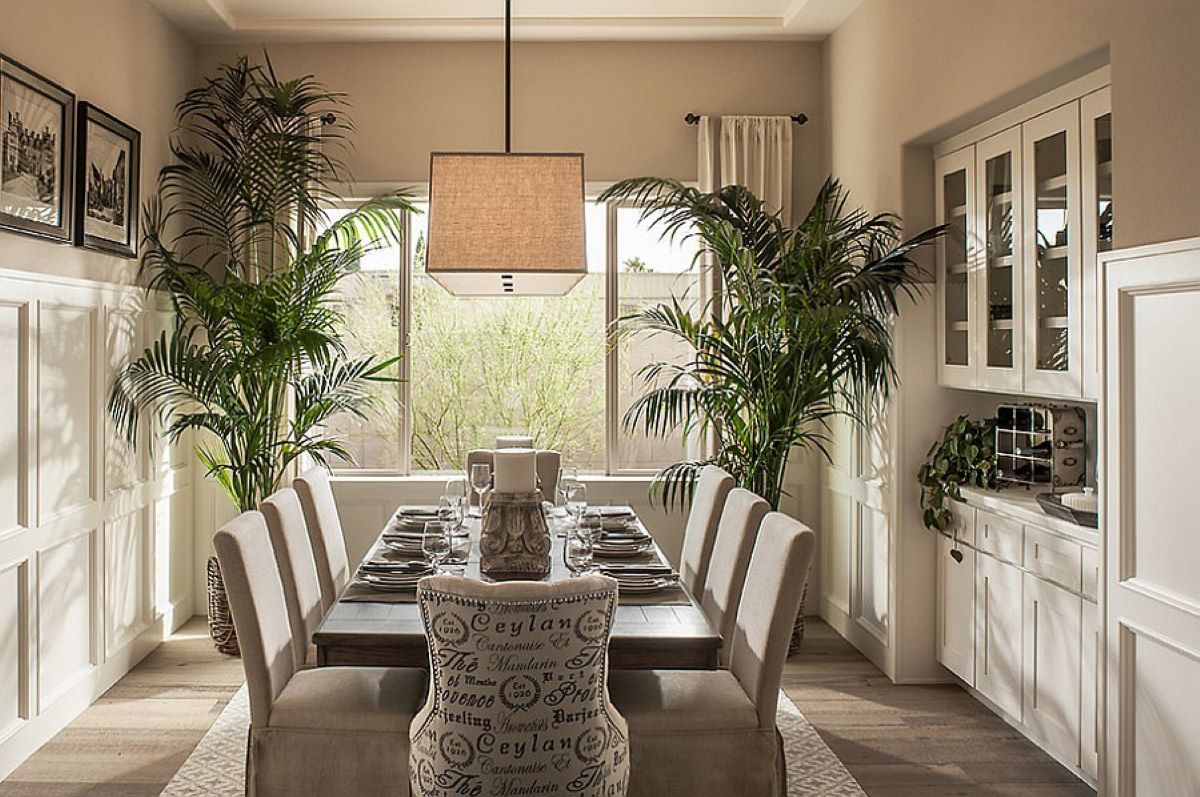
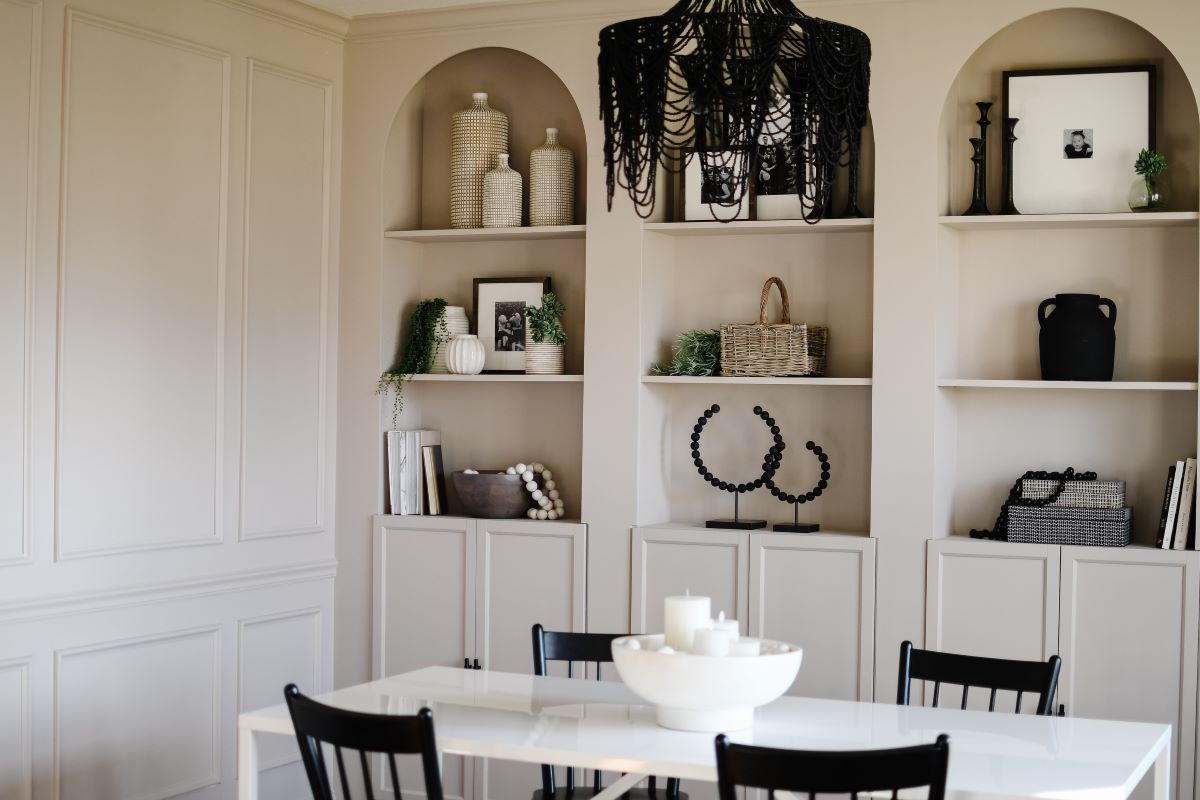

0 thoughts on “How To Decorate A Room”